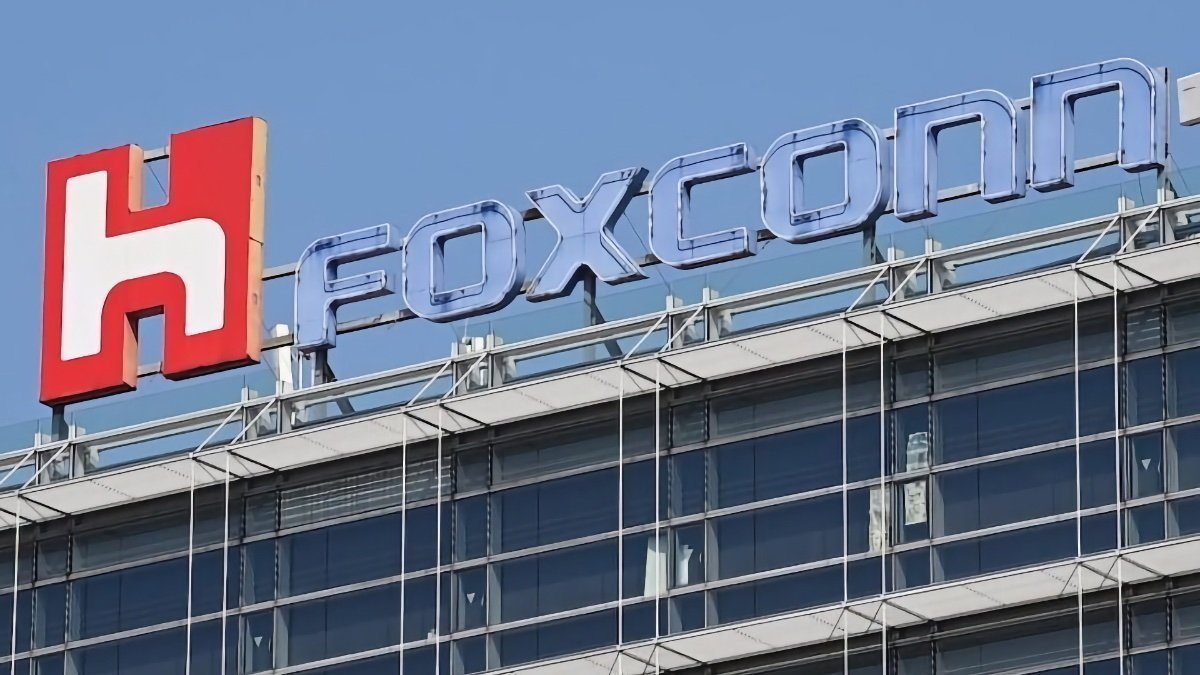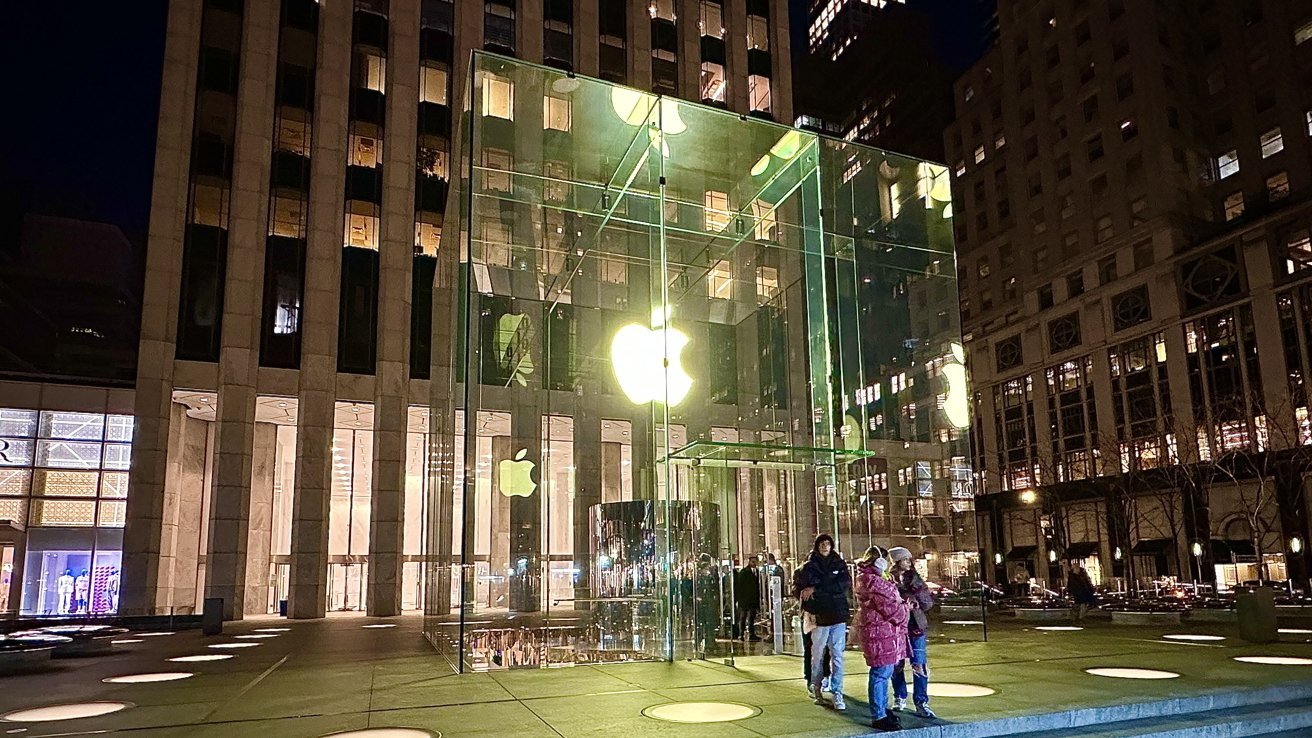
The modern gaming industry is evolving rapidly, and with change comes both opportunity and challenge. As digital entertainment continues to captivate millions, the way we experience games is shifting in unexpected ways.
Increasingly, gamers are voicing concerns about the pressures and pitfalls that come with the latest titles. Moreover, the economic landscape is changing, with rising hardware costs affecting everyone from casual enthusiasts to die-hard fans.
In this article, we delve into three significant factors currently reshaping modern gaming. By exploring these themes, we aim to shed light on the challenges in this industry and create some much-needed clarity.
#1. Changing Attitudes to Gaming
While gaming continues to be popular, the challenges in the industry are taking a toll on gamers, both young and old. There's been an increasing amount of awareness about the dangers of excessive gaming leading to several video game addiction lawsuit cases being filed.
As TorHoerman Law notes, investigations are being carried out on companies like Rockstar Games, Ubisoft, Blizzard Entertainment, and more. This is happening due to their alleged role in conscious game design choices that lead to real-world negative effects on players.
Gamers themselves are tired of predatory and manipulative game design. As a piece in Digital Trends by Giovanni Calantonio put it succinctly, "Why do I keep playing a game that I hate?"
Calantonio explains the mindset that some games work on triggering: There's a random chance to get a certain item which causes a lot of frustration. As the player grows more impatient, they're more likely to cave. What does caving in mean? Well, for Calantonio, it meant signing up for a 'Premium Pass' that resolved the 'consciously created frustration.'
The sad part is that gamers are aware of these psychological tricks but still fall prey to them because of how effectively they work. As such, there's a certain lethargy and fading interest among many gamers toward new games. This pessimistic view about the industry is only made worse by another critical issue.
#2. The Decline in Game Optimization
One of the biggest frustrations for PC gamers today is the declining quality of game optimization. In the past, developers prioritized making their games run efficiently across a wide range of systems. This ensured that even mid-range or older hardware could provide a playable experience.
However, it's clear that in recent years, optimization hasn't really been the focus any more for several games. As a recent PC Gamer article noted, 'upscaling is a must' result, it's becoming increasingly difficult for gamers to enjoy new titles without dropping hundreds of dollars on hardware upgrades.
A prime example of this issue is the release of high-profile games like S.T.A.L.K.E.R. 2, which launched with severe performance problems even on high-end rigs.
Poor frame rates, stuttering, and memory leaks have also become common complaints, and ruin the gaming experience for people. Sadly, many developers have started to rely on aids like NVIDIA's DLSS and AMD's FSR technology to help cover bad optimization.
In other words, instead of improving base performance, developers sometimes assume that players will rely on these technologies to compensate. However, this practice is slowly becoming unsustainable, and older hardware without the capacity for 'frame generation' is getting left behind.
People with old-gen GPUs are thus forced to upgrade more frequently, which has only gotten more expensive. This brings us to our next point.
#3. The Rising Costs of PC Hardware
A decade ago, building a solid mid-range gaming PC was a relatively affordable endeavor. In 2014, a GTX 970, one of the best price-to-performance GPUs at the time, launched at $329. In comparison, the RTX 4070-its modern equivalent-was released at $599 in 2023, an 82% price increase.
These price increases have made gaming PCs less accessible. Previously, a decent entry-level gaming PC could be built for $600–$800, allowing players to enjoy modern titles at 1080p. Now, that same level of performance often costs over $1,000 due to higher GPU and CPU prices. This has made it harder for casual gamers to get into PC gaming without a significant financial commitment.
There are several factors behind this increase in prices. Back in 2024, Tom's Hardware warned us that the cost of PC parts and other electronics would likely increase due to rising precious metal prices. They pointed out that this increase in raw material costs will hit all electronics in the future, and it has.
Another factor included the crypto mining boom, which, Investopedia notes, caused a massive shortage in GPUs, and as a consequence, prices skyrocketed. This shortage was first noticed in 2016 and was in full effect by the middle of 2017. Unfortunately, just when the crypto mining craze started to ease, supply chain issues emerged from COVID-19 and ensured that hardware prices would stay high.
Today, we're at a point where the factors that initially drove high prices have diminished; however, prices still remain high for unclear reasons. This is indeed a depressing state for the industry. That said, one thing is becoming increasingly clear: a great reset looms somewhere in the future that many will gladly welcome.
Frequently Asked Questions
1. What does it mean when a game is not optimized?
When a game is not optimized, it fails to run efficiently across hardware, leading to lag, crashes, and subpar visual fidelity. Developers may overlook resource allocation, code performance, and graphical processing. As a result, players experience degraded performance and inconsistent gameplay quality across different devices.
2. Why are PC parts getting more expensive?
PC parts cost increases stem from supply chain disruptions, global demand surges, and component shortages. Rising production costs, trade restrictions, and technological advancements also contribute to higher prices. Additionally, increased energy and material costs further impact manufacturing expenses and are affecting the overall market price and consumer affordability.
3. What are the negatives of microtransactions?
Microtransactions tend to erode game balance by encouraging pay-to-win mechanics and diminishing skill-based rewards. They often lead to excessive spending, exploitative practices, and player dissatisfaction. Moreover, this model can compromise narrative integrity and immersive gameplay, which ultimately undermines the main purpose of people playing games.
All things considered, the gaming industry is right now in the shadow of rising hardware costs, poor optimization, and changing attitudes. Though many believe we are in a crisis state, it is not unfair to say that the circumstances might lead to a renaissance. Hopefully, there's enough left of the industry to see us through once the dust settles.
















